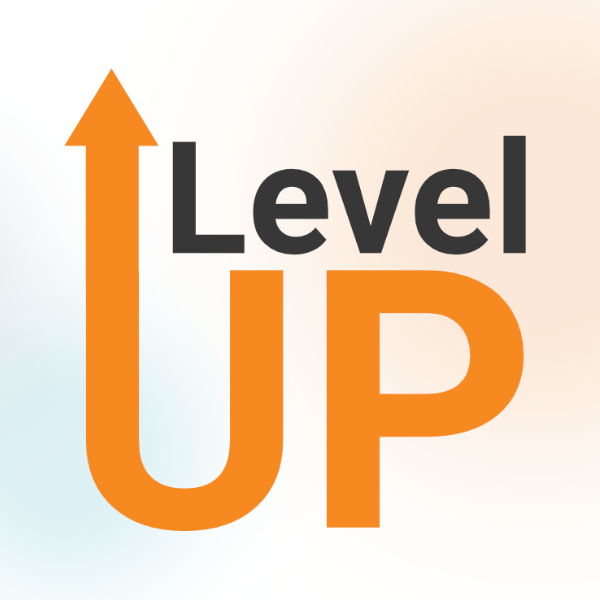- Location
- Toronto, Ontario, Canada
- Bio
-
Hi, I'm Zuhair Qureshi!
I am...
⌨️ A Level II Software and Biomedical Engineering student at McMaster University.
🩺 A Medical Software Developer hopeful and future Medical Device Developer.SKILLS
🛠️ Software Development: Git, Apache Maven, React.js, Node.js, Express.js, EJS, Streamlit, Flask.
💻 Programming and Scripting Languages: Python, Java, C, Bash, MATLAB.
📊 Data Analysis and Machine Learning: SQL, Excel, TensorFlow, Sklearn, MediaPipe, SpaCy.
🤖 Hardware and Design: Arduino, Verilog, AutoDesk Inventor, SolidWorks, Quartus Prime.PROJECTS UNDERWAY
📹 Body and Oral Language Learning Decoder (BOLLD): a reinforcement learning-based approach to threat detection with feedback from two integrated components: a
body language threat level classifier and a lip-reading model. For use in cases of audio corruption or hearing impairment. Coded in Python.
🦾 Prosthetic Forearm: a mechanical assembly of a forearm powered by several motors connected to an Arduino and to fishing lines mimicking muscles. Modeled and
simulated in SolidWorks. - Portals
-
-
 Vancouver, British Columbia, Canada
Vancouver, British Columbia, Canada
-
- Categories
- Data analysis Website development Software development Machine learning Artificial intelligence
Skills
Socials
Achievements
Latest feedback
Recent projects
Work experience
Software Operations Subteam Member
McMaster Medical Engineering Design Team
Hamilton, Ontario, Canada
October 2024 - Current
- Created models and flowcharts for code to operate a prosthetic forearm controlled via Arduino Uno and designed in SolidWorks.
- Drafted code to implement calibration of the prosthetic forearm in C.
- Researched filtration methods of a signal to instantiate stratified movements across the different fingers
SolidWorks Mechanical Modeler
McMaster Medical Engineering Design Team
Hamilton, Ontario, Canada
September 2024 - Current
- Scaled a prosthetic forearm design to standard adult size while bringing the material cost to under $500, enabling it to grip
and lift objects to 1 kg in weight and keeping the forearm itself under 3 kg in weight.
- Designed the thumb and finger concepts, allowing the thumb to articulate with the middle and index finger, and added
back-stoppers to the fingers, limiting the range of motion to respect anatomical constraints.
- Constrained all parts in SolidWorks assembly, simulated articulation, and tested range of motion.
Data Science Research Intern
Holland Bloorview Kids Rehabilitation Hospital
Toronto, Ontario, Canada
May 2024 - October 2024
- Uncovered biases and missingness in data using measures of statistical significance in the Province of Ontario Neurodevelopmental Network (POND) database, with over 3500 participants and 13,000 variables of consideration.
- Predicted clinical impairment in adaptive functioning of over 1,000 children using machine learning models trained on sociodemographic data in Python.
- Spearheaded quality control efforts on the POND database, reviewing and verifying all 3500+ rows for accounting errors.
Software and Machine Learning Developer
McMaster Artificial Intelligence Society Project Team
Hamilton, Ontario, Canada
October 2023 - Current
• Developed Natural Language Processing pipelines in Python to identify keywords in text bodies with 92% accuracy.
• Implemented OpenCV and MediaPipe frameworks to identify and track body landmarks in footage and trained RandomForest classifier to identify body language as threatening or non-threatening with an 85% success rate.
• Implemented and optimized reinforcement learning model parameters in Gymnasium to assign weight to threat scores from body language and lip reading input streams.
Education
B.Eng., Software and Biomedical Engineering
McMaster University
September 2023 - June 2028
Personal projects
NutriSafe
January 2025 - January 2025
https://github.com/nkaruna09/NutriSafeA collaborative group effort to create a barcode scanner and entry-based system that would allow the user to enter in a product's barcode number, specify their allergies and diagnoses, and get a report on the product ingredient breakdown and whether or not the product was safe. The project also included a health chatbot to address the user's health concerns, as well as a healthy recipe generator that would take the user's input and find healthy recipes containing the ingredient specified. Backend and frontend developed in Streamlit, with use of Cohere API.
Autonomouse: Automated Mouse Control via Head Movements
July 2024 - July 2024
https://github.com/ZuhairQureshi/autonomouseAutonomouse is a simple application that enables the user to control the mouse via head movements and to make screen clicks by blinking their eyes. This project combines Google's MediaPipe computer vision framework with Python's PyAutoGUI library for programmatic mouse control, creating synchrony between head angle and mouse movement direction.
Resuscitron: Automated CPR Machine
January 2024 - March 2024
https://zuhairqureshi.notion.site/Project-3-The-Resuscitron-07df109be2194281ae2b07ba8eb594c9An automated CPR machine prototype employing a Whitworth Quick Return mechanism and powered by a Raspberry Pi using Python code. The Raspberry Pi was connected to an optical heart rate sensor that was filtered through a rolling average window to generate heart rate readings. The CPR machine automatically turned off in response to heart rate detection above a low threshold (~30 BPM). The Raspberry Pi was also connected to a motor that powered the mechanism for 30 compressions before reaching a resting state where breaths had to be administered and the activation button re-pressed to initiate the next compression cycle.
Zuhair's Portfolio Website
October 2023 - Current
https://zuhairqureshi.github.io/portfolio/index.htmlA website displaying a collection of my projects over the last year and a half since my entrance into university. Many of my other projects can be found embedded within this website.
NoteFlow
October 2023 - March 2025
https://github.com/McMasterAI/NoteFlowA natural language processing, AI-based note condenser that takes as input a student's notes on any subject and outputs a condensed, high-yield bullet point summary of the pertinent information. Python's SpaCy library was used to process the text through a pipeline consisting of tokenization, removal of stop words, named entity recognition, and more. Important concepts were bolded and / or highlighted by employing the well-researched TextRank algorithm that assesses a word's meaningfulness in context and generates an importance score. We bolded words with TextRank scores above a particular threshold and italicized named entities.
